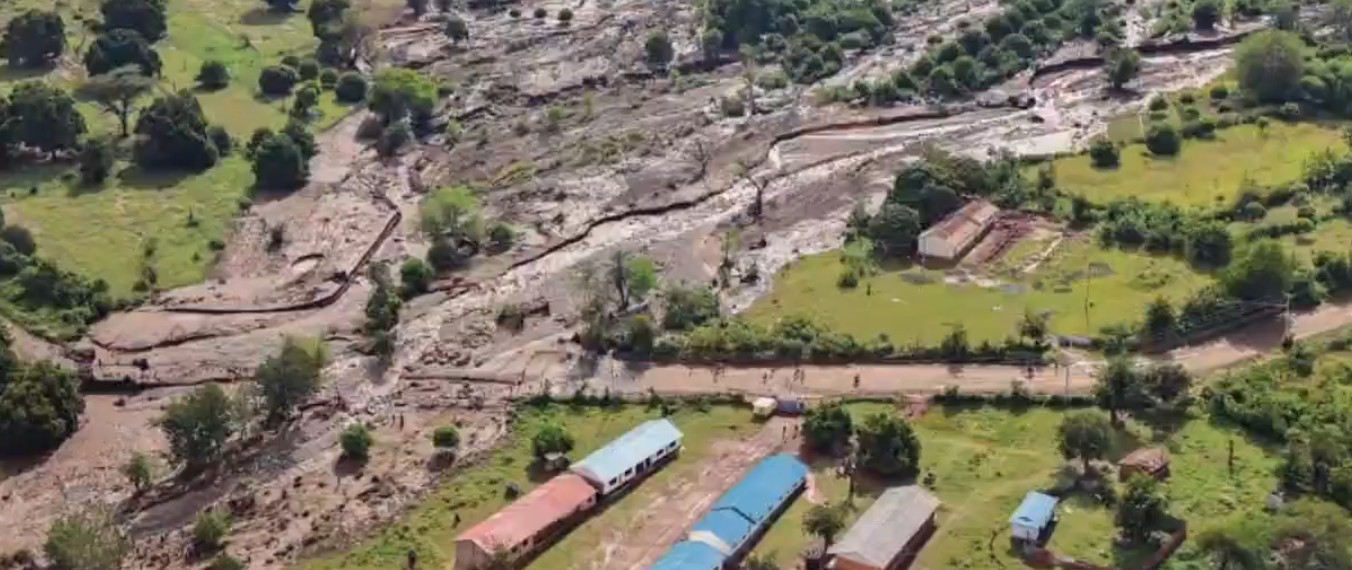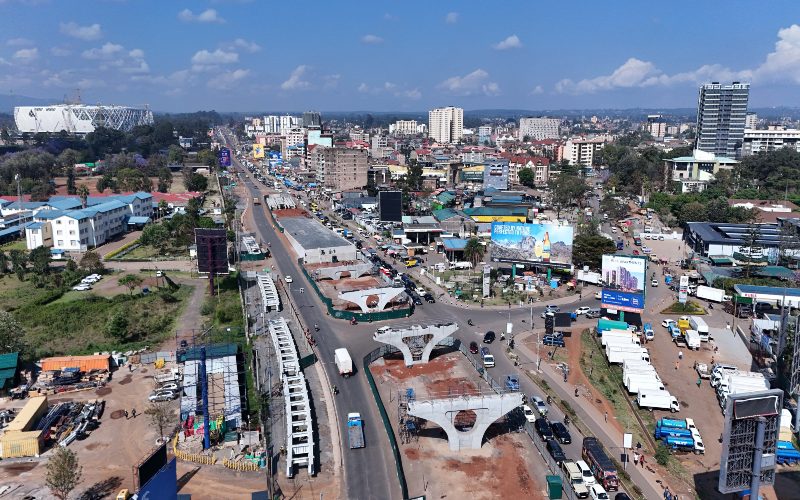Counties brace for cash crunch as budget cuts stall CRA’s revenue-sharing formula

Mary Chebukati, CRA chair, said a new funding formula was set to be finalised by July this year, but budget cuts—spurred by the withdrawal of the contentious 2024 Finance Bill—have stalled progress.
Counties will have to wait longer to understand how revenue will be shared among them starting next year, following a budget cut at the Commission on Revenue Allocation (CRA).
The commission's budget has been slashed by Sh150 million, raising concerns about the development of a new revenue-sharing formula that is essential for the next five years, from June 30, 2024, to June 30, 2030.
More To Read
- State agencies directed to pay Sh2.2 billion owed to Posta to avert shutdown
- Funding shortage puts EACC’s anti-graft war at risk- Auditor General
- KNEC faces Sh3.7 billion funding shortfall, raising fears over KCSE disruptions
- MPs push Treasury to curb rising fees on unused foreign loans
- Banks remit Sh194.81 billion in taxes as KBA calls for review of PAYE to boost purchasing power
- Treasury reveals Sh30 billion paid to fund road projects across Kenya
The current revenue-sharing formula, which has been in place since July 2020, is set to expire on June 30, 2025.
Mary Chebukati, chair of the Commission on Revenue Allocation, said a new funding formula was set to be finalised by July this year, but budget cuts—spurred by the withdrawal of the contentious 2024 Finance Bill—have stalled progress.
As a result, the CRA's budget has been reduced from Sh516 million to Sh366 million, affecting its operational capabilities.
Chebukati noted that the CRA requires Sh30 million to complete stakeholder engagements related to the fourth-generation formula.
This new formula incorporates reliable and up-to-date data to ensure fair resource distribution among the 47 devolved units.
Key factors for calculation will include basic share, population size, geographical area, poverty index, Gross County Product, and the condition of roads.
In April last year, the CRA issued a public notice inviting submissions for the fourth revenue-sharing basis among counties.
Following a series of consultations with county governments, the commission released a draft formula in September after engaging various stakeholders, including the Council of Governors.
Once finalised, the Senate will need to review and refine the formula before approving it by December to guide revenue allocation for the upcoming fiscal year.
In the draft, population was highlighted as a critical factor, with a proposed weight of 36 per cent, significantly higher than the 18 per cent in the current formula.
This change has sparked controversy, especially among leaders from less populous counties who are advocating for geographical size to carry more weight. Coastal and lakeside county leaders are also pushing for the inclusion of water bodies in this parameter.
The CRA's draft guidelines have retained the basic share while adjusting its weight from 20 per cent to 26 per cent.
The roads index has been reduced from eight per cent to four per cent, and the poverty index has increased from 14 per cent to 23 per cent.
A new parameter, "economic activity," has been introduced with a weight of four per cent, while health, agriculture, and urban services have been removed from the formula entirely.
The current formula considers eight parameters: basic share (20 per cent), population (18 per cent), health (17 per cent), poverty level (14 per cent), agriculture (10 per cent), roads (eight per cent), land (eight per cent), and urban area (five per cent).
Leaders from populous regions continue to advocate for a formula based on population, while leaders from expansive but less populated areas prefer allocations based on physical distance.
Top Stories Today












































